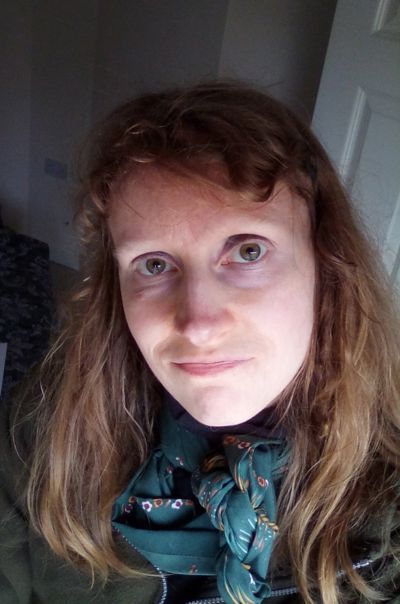Why I stopped crossing bridges for 15 years – Ryan’s story
23/09/2025
Ryan explores his experience living with severe anxiety and agoraphobia, noting the helpful support from our Advice and Information Service.
My journey began at 19, during university in 2002. I was at a packed party — flashing strobe lights, loud music — when panic hit me like a wave. I suddenly felt claustrophobic. My heart pounded, my chest tightened, and I suddenly felt the urge to escape. Outside, as I crossed a nearby bridge, the fear intensified: sweaty palms, racing heart, tunnel vision, a sense of unreality. That night marked my first full-blown panic attack — and the last time I willingly crossed a bridge for the next 15 years.
What followed was a steady descent into panic disorder. Although the daily attacks eventually subsided, the fear stayed. I began avoiding not just bridges, but open space parks and driving on dual carriageways/motorways — anywhere I felt “trapped” or “exposed.” These were classic signs of agoraphobia. I believed avoidance kept me safe, but it only made my world smaller.
In 2019, I went on honeymoon to Japan hoping for rest and adventure. But anxiety resurfaced quickly. Our hotel was on the 22nd floor. I struggled to sleep and the vast mountainous landscapes triggered old fears. Things worsened during a stopover in Hong Kong — another high hotel room, more sleepless nights, more panic.
Back in the UK, I expected relief. Instead, I found myself in a spiral of insomnia, heart palpitations and intense feelings of unreality – a symptom I would later learn is called depersonalisation.
-
I began avoiding not just bridges, but open space parks and driving
It was a hard time. But with the support of my wife, family, and workplace, I began to rebuild. That wasn’t easy. As a man from a Black and Indian-Caribbean background, I’d been raised to handle challenges alone. In many of the corporate spaces I worked in, showing vulnerability felt challenging, so talking about anxiety didn’t come naturally. However, I was fortunate to have a super supportive manager who helped me adapt my work pattern as I sought support.
My turning point came when I began working with an anxiety coach trained in cognitive behavioural therapy (CBT). He was calm and non-judgemental, helping me understand that these terrifying symptoms were normal bodily responses. With CBT and graduated exposure therapy, I started approaching my fears differently. I slowly returned to situations I had avoided — walking on bridges, spending time in parks, driving longer distances. Step by step, the fear softened.
I committed to practicing these five to seven days a week. I’d walk through parks, drive to unfamiliar places, and cross bridges, even when the panic rose. Each small victory made the next one possible. Over time, the attacks reduced, my confidence returned and the world I’d once avoided became open to me again.
-
My confidence returned and the world I’d once avoided became open to me again
I also leaned into meditation and mindfulness. This helped me observe my anxious thoughts and sensations without spiralling into panic. I learned that acceptance wasn’t about giving up; it was about continuing to live despite discomfort. I even found joy in new activities: Lindy Hop swing dancing, yoga, socialising with friends, even when anxiety tagged along.
I also improved my sleep: keeping a regular routine, switching off screens at night, writing down my racing thoughts before bed. As my sleep improved, so did my mental resilience.
Now, I drive more than I ever have. I’ve taken up swimming, despite a childhood fear of water. I travel to new places, take on challenges like zip lines and rollercoasters (a huge step for someone who once feared open spaces), and live with far more freedom. I no longer aim to be fearless, I aim to be present, accepting, and kind to myself.
If you’re facing similar challenges, one of the most empowering first steps is to educate yourself about the specific anxiety conditions you may be experiencing. I found the anxiety disorder factsheets from Rethink Mental Illness particularly helpful. They gave me much-needed clarity and helped me understand terms like 'panic disorder' and 'agoraphobia'.
This clarity brought a real sense of relief. It gave me language for my experience and helped me realise I wasn’t dealing with something strange or unexplainable.
Inspired by my journey, I decided to embark on gaining a professional qualification in CBT and take on a role within the NHS, supporting individuals with common mental health challenges. This path eventually led me to founding 'Calm That Anxiety', where I now provide coaching and CBT-based support to people experiencing challenges with anxiety.
My story is proof that healing is possible — and you don’t have to do it alone.
If you or someone you care about is experiencing panic attacks or panic disorder, we’ve put together a self-help guide that offers practical support, tips, and breathing exercise videos.



